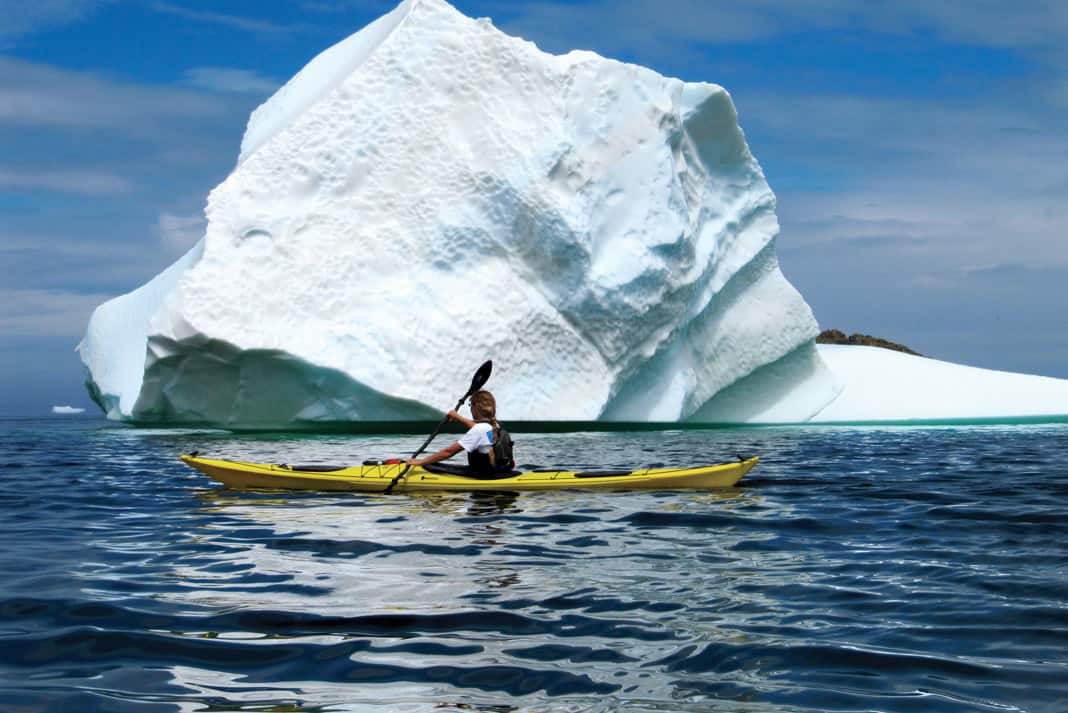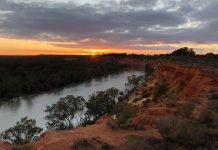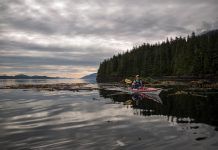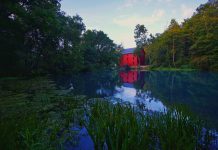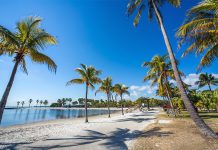“The huge island stands, with its sheer, beetling cliffs, out of the ocean…like a strange thing from the bottom of the great deep, lifted up, suddenly, into sunshine and storm, but belonging to the watery darkness out of which it has been reared.” —R.T.S. Lowell
Nearly Two Centuries After American Novelist Robert Traill Spence Lowell Penned This Arresting Description Of Newfoundland, The Island’s Remote, Rugged Beauty Still Inspires Awe
Thousands of years of human history, from ancient Innu cultures to Viking settlers and Basque whalers, can be felt and observed while exploring the province’s diverse coastal and inland waters—yet it remains remarkably unspoiled.
Wildlife enthusiasts are rewarded with the world’s largest concentration of humpback whales, as well as seabird colonies whose residents—including graceful gannets and clumsy puffins—number in the millions. Moose, caribou, lynx and black bear roam the dense forests that cling to the island’s scant soil.
Newfoundland’s west coast is dominated by the Long Range, an ancient extension of the Appalachian Mountains, running some 450 kilometers from Corner Brook to the tip of the Great Northern Peninsula. The exposed rocks serve as a kind of Rosetta Stone for geologists studying plate tectonics and mountain building, making Gros Morne National Park—the jewel in Newfoundland’s rich parks system—a UNESCO World Heritage Site.
For Paddlers
These worn and weathered giants provide a majestic backdrop for coastal trips along the peninsula’s exposed western and roadless eastern shores, as well as explorations of Gros Morne’s famed fiords and ponds.
If You Have A Half-Day
Paddle out of the pretty village of Norris Point into the sheltered arms of Bonne Bay. Watch for whales as you cross to the artists’ sheds in the community of Woody Point. Return by water taxi to buy you more time.
If You Have A Day
Put in on Trout River Pond near the southern edge of Gros Morne National Park. Head east into this 15-kilometer-long gash through the rust-colored Tablelands. This barren landscape is one of the world’s finest and most accessible examples of exposed mantle. Park your kayak at the campsite located in the Narrows, and hike into the hills for a closer look.
If You Have A Weekend
Explore the fiord-like arms that reach inland from the Bay of Islands. Launch from Cox’s Cove and tour up 12-kilometer-long Goose Arm and 8-kilometer-long Penguin Arm, with views north to the 2,450-foot mountains. Campsites are found at the head of both arms.
If You Have A Week
Make the committing journey north along the peninsula’s eastern shore from Jackson’s Arm to Englee—the next road-accessible point, nearly 200 kilometres distant. En route, discover abandoned outports and encounter towering icebergs. Few landings, distance and isolation make this a challenging route for experienced paddlers.
5 Things To Know:
Wildlife
Black bear, lynx, otter, red fox, beaver, woodland caribou, moose, 22 whale species, seals, wild Atlantic salmon, bald eagle, 350 seabird species.
Exposure
The island is famous for its unpredictable winds, icy waters, sunkers (offshore rocks and reefs) and highly changeable weather.
Treasure
Hunting Hidden gems abound in Newfoundland’s network of ecological reserves. At the tip of the peninsula, watch for icebergs.
Diversion
Visit the 1,000-year-old Viking encampment at L’Anse aux Meadows National Historic Site, with recreated timber-and-sod buildings.
Outfitters
Coastal Adventures
Gros Morne Adventure
Committed 2 The Core



